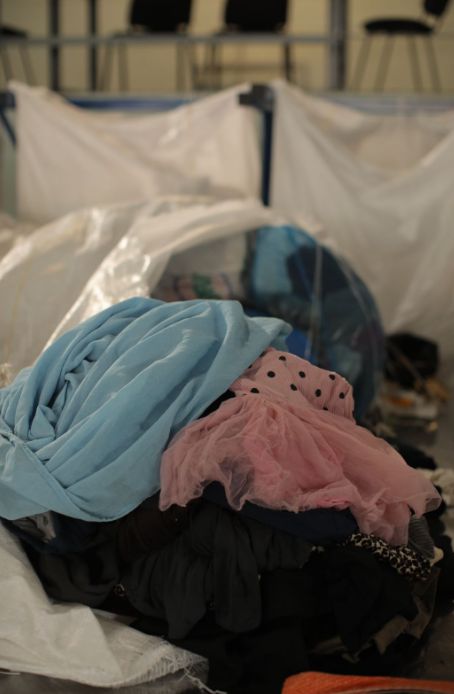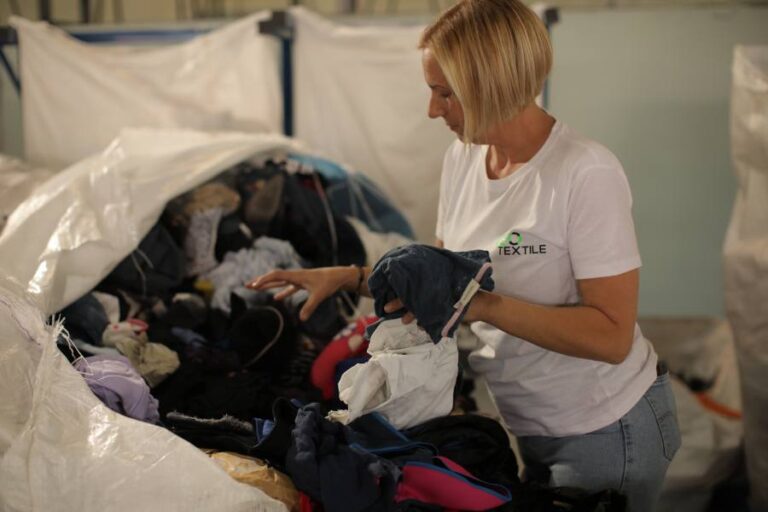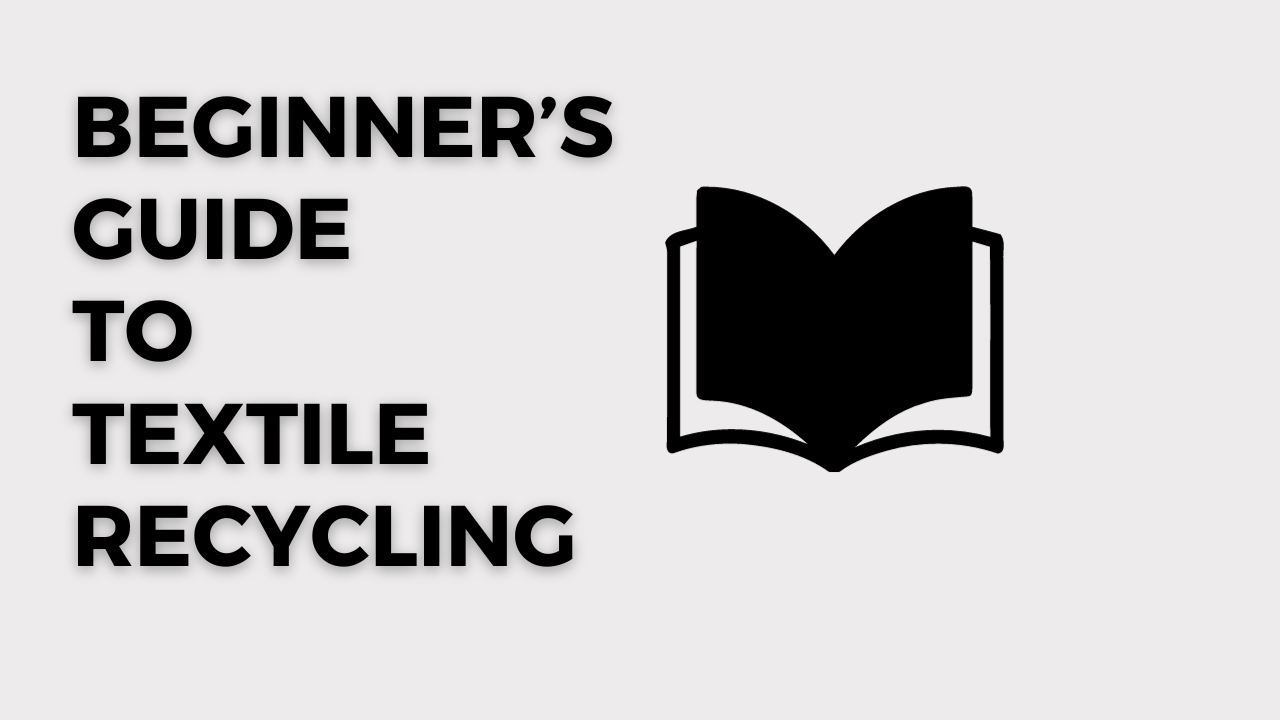Textile recycling is the process of reusing or repurposing textile waste materials.
This practice is becoming increasingly important due to the negative environmental impact of textile waste.
Textile recycling can be done through various methods, including mechanical recycling, chemical recycling, and upcycling.
Mechanical recycling involves breaking down textiles into fibers and then using those fibers to create new textiles.
Chemical recycling involves breaking down textiles into their chemical components and then using those components to create new materials.
Upcycling involves repurposing textiles into new products, such as bags or accessories.
Textile recycling is an important step towards a more sustainable and environmentally conscious future.
6 important steps for textile recycling
The recycling process can vary depending on the type of textile being recycled, but generally follows a similar set of steps.
The method mainly involves collecting, sorting, and processing various types of textiles to create new products or materials.
1. Collection of textiles

The first step in textile recycling is the collection of used textiles.
This can be done through various methods, including drop-off points, collection bins, curbside pickup, or partnerships with retailers and organizations.
Textiles that are suitable for recycling include clothing, bedding, towels, curtains, upholstery, and other fabric-based items.
2. Sorting

Once collected, the textiles are sorted based on their material composition and condition.
This is an important step as different types of textiles require different recycling processes. Common sorting categories include natural fibers (such as cotton, wool, silk), synthetic fibers (such as polyester, nylon), and blended fibers (a combination of natural and synthetic fibers).
Sorting is typically done manually or through automated systems, and involves separating textiles that can be reused or repurposed from those that cannot.
The sorted textiles are then processed accordingly, which may involve cleaning, shredding, or melting down the materials.
Effective sorting is essential for maximizing the value of recycled textiles and minimizing waste, making it a critical aspect of sustainable textile production.
3. Inspection and Grading
After sorting, the textiles undergo inspection to assess their quality and determine their potential for recycling.
Items in good condition may be suitable for reuse or resale, while those in poor condition may be designated for fiber recycling.
The textiles are graded based on factors such as color, fabric type, size, and overall condition.
4. Fiber Recycling

Textiles that cannot be reused or resold are typically processed through fiber recycling.
This involves breaking down the textiles into their individual fibers through mechanical or chemical means.
Mechanical recycling methods include shredding or cutting the textiles into small pieces to create recycled fiber materials. Chemical recycling methods involve using solvents or other chemicals to dissolve the textiles into a liquid form before extracting the fibers.
5. Fiber refinement
Once the fibers are obtained through recycling, they may undergo further refinement processes to improve their quality and remove any impurities.
This can include processes such as carding, combing, and spinning to create yarn or thread-like materials that can be used for various applications.
6. New product creation
The recycled fibers can be used to create a wide range of new products.
They may be blended with virgin fibers to produce fabrics for clothing, upholstery, or other textile applications.
Recycled fibers can also be used in non-woven products like insulation, carpet padding, or automotive textiles.
Additionally, they can be transformed into raw materials for industries such as papermaking or construction.
Textile recycling through second-hand stores

Some second-hand stores collaborate with textile recycling programs to divert clothing from landfills.
These programs collect unwanted clothing and textiles, which are then sorted for reuse, recycling, or resale.
The process of organizing garments for resale in thrift stores involves meticulous sorting and categorization.
This task requires a keen eye for detail and a thorough understanding of the market demand for various types of clothing.
The items must be carefully inspected for any signs of wear and tear, and any defects must be noted and addressed before they are put up for sale.
The objective is to ensure that the merchandise is of high quality and meets the standards of the second-hand retail industry.
Put second-hand first

When considering purchasing an item, whether it be a car, furniture, electronics, or clothing, there are several reasons why buying second hand can be a wise decision.
This approach offers numerous benefits, including cost savings, environmental sustainability, and the opportunity to find unique and vintage items.
#NEOTEXTILE #RECYCLING #TEXTILE #POLLUTION #ECO #ENVIRONMENT
